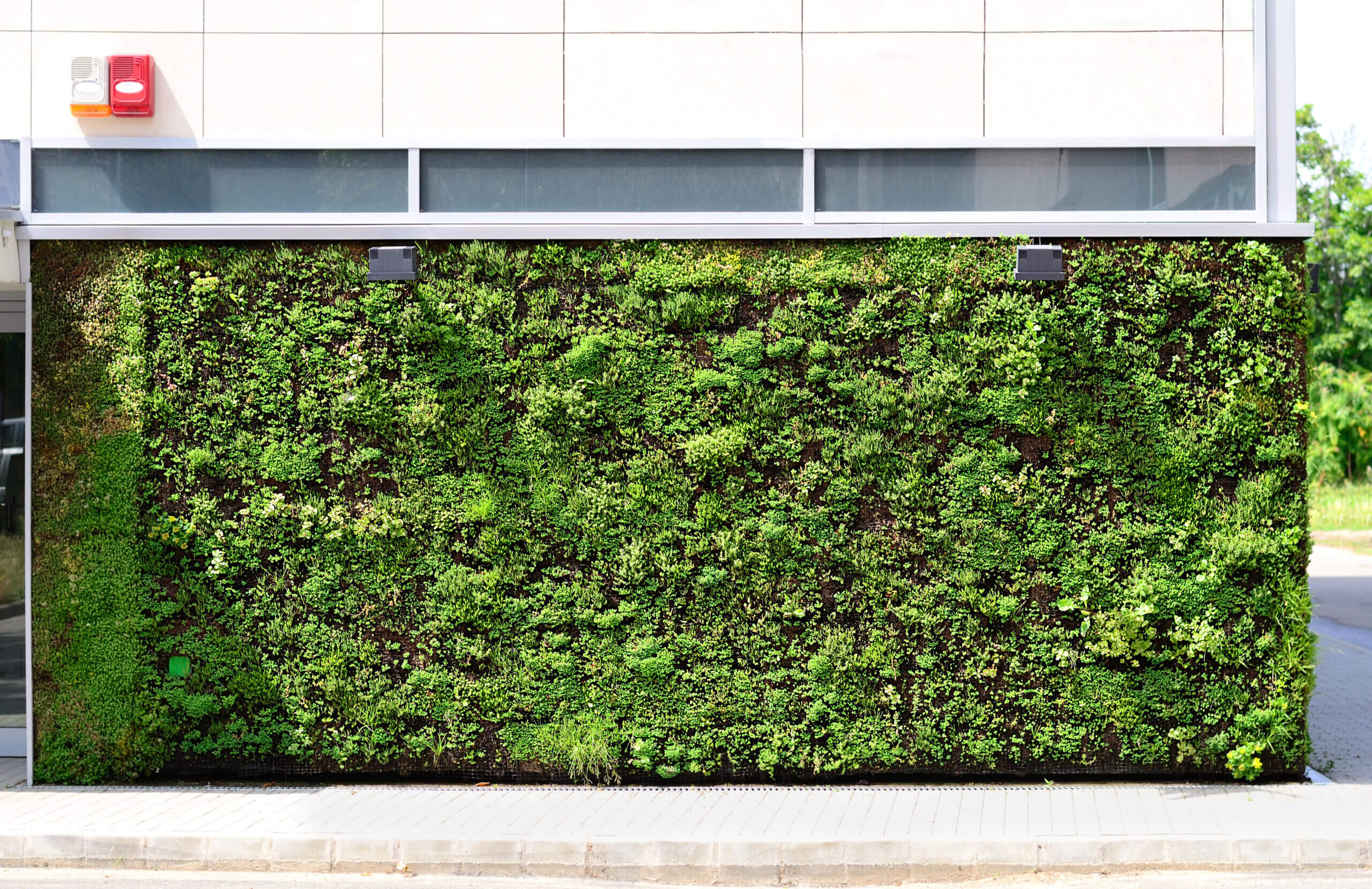
In our modern world, where eco-consciousness is a top priority, innovative solutions like living walls are gaining traction. Known also as vegetated walls, these installations not only add greenery to metropolitan areas but also yield a multitude of benefits for both nature and our wellness. This write-up will delve into the fascinating world of living wall construction, explore different living wall systems, and explain why living walls have become a major eco-friendly development of the decade.
Living Wall Construction: Revitalizing the Concrete Jungle
The creation of living walls integrates erecting vertical gardens on the outside or inside walls of buildings. These vibrant installations are designed to replicate the natural growth of plants on vertical surfaces. Constructing a living wall generally follows these essential steps:
Structural Considerations: It's essential to evaluate the structural integrity of the wall. A robust framework is necessary to bear the weight of the plants, soil, and water.
Plant Selection: Picking the right plants is crucial for the success of a living wall. Factors like local climate, sunlight exposure, and wall orientation are thought about to pick the best plant species.
Irrigation System: Proper irrigation is vital to guarantee the plants get the right amount of water without causing damage.
Growing Medium: A specific growing medium, nutrient-rich and light, click here is used for the best plant growth.
Maintenance: Regular upkeep is necessary to keep a healthy living wall. Routine care, including pruning and fertilizing, and pest control are all part of the care process.
Exploring Different Living Wall Systems
Over the years, living wall systems have developed, providing a selection of options for different applications. Some of the most popular living wall systems:
Hydroponic Systems: These use a soilless medium and supply nutrients and water through a well-designed irrigation system. They're known for high efficiency and low water usage.
Modular Systems: Comprising of pre-planted panels, these systems are straightforward to assemble and perfect for both indoor and outdoor spaces.
Pocket Systems: With plant pockets that can be filled with soil and plants, these systems facilitate creative designs and are often used in compact settings.
Felt or Fabric Systems: Utilizing felt or fabric to hold plants and growing medium, these are easy to manage and suitable for indoor use.
Biophilic Systems: These combine living walls into architectural elements, enhancing human well-being by creating a connection with nature.
Why Living Walls are Gaining Popularity
Living walls have attained recognition for many reasons:
Aesthetic Appeal: To transform spaces into vibrant, green havens.
Improved Air Quality: Acting as natural air purifiers.
Temperature Regulation: To provide insulation and lower energy consumption.
Noise Reduction: Foliage absorbs sound effectively.
Biophilic Benefits: They bring nature closer, enhancing mental and emotional health.
Sustainability: To contribute to reducing the urban heat island effect and supporting biodiversity.
In conclusion, living wall construction and systems have revolutionized our interaction with the built environment. view As green trends evolve, living walls offer a viable and visually stunning solution that benefits both the environment and our well-being. Whether you're considering transforming an office space or creating a statement in a public area, living walls are the green solution for a lively and sustainable future.